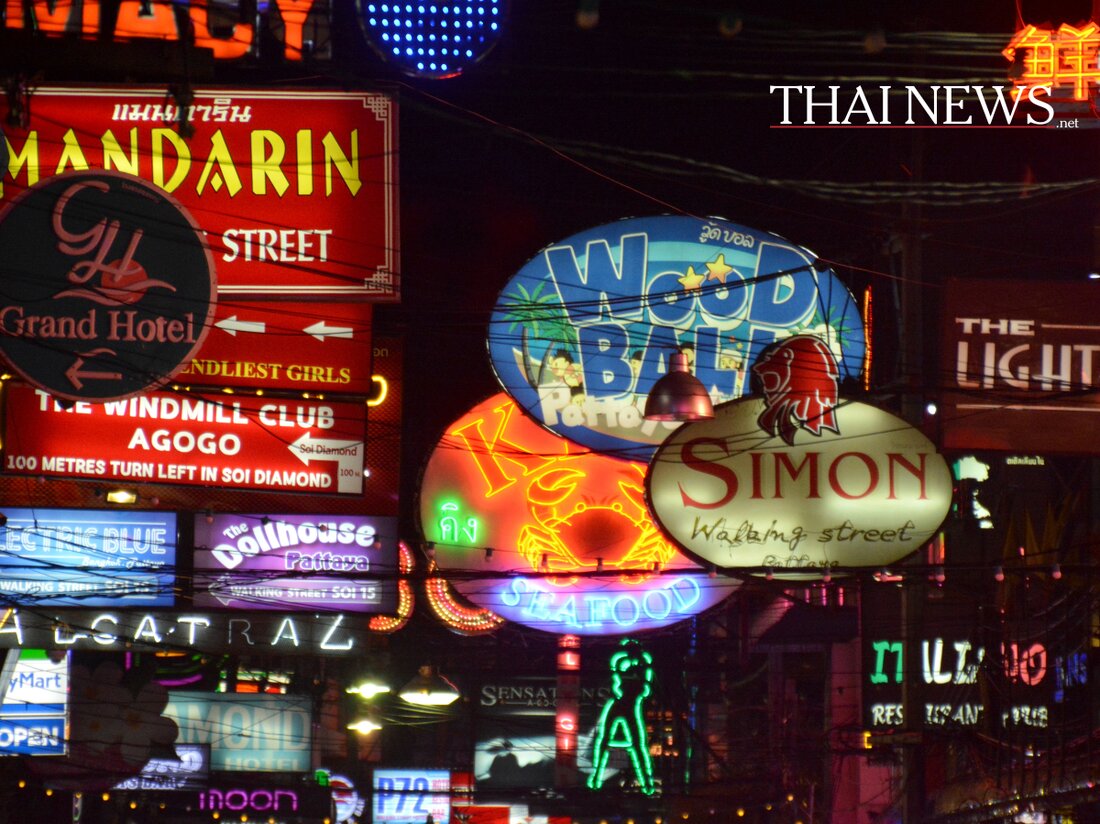Thailand's High Speed Train: Future in Danger! No building permits!
Pattaya will be connected to Don Mueang, Suvarnabhumi and U-Tapao airports by a planned high-speed train project. Despite challenges, connectivity remains a key to the region's tourism development.

Thailand's High Speed Train: Future in Danger! No building permits!
What will happen to Thailand's lofty dream of a bullet train linking Don Mueang, Suvarnabhumi and U-Tapao airports? This question not only concerns investors at the moment, but also makes future travelers shudder. The ambitious project, which was originally launched six years ago with big plans, envisages a 220-kilometer route that should allow a journey time between Bangkok airports of just 20 minutes. Unfortunately, there has been little progress since then. The necessary building permits are missing and disputes over contract terms between the Thai government and private investors are escalating, further paralyzing progress. Travelnews states that the (Asia Era One) consortium is still waiting for approval for implementation.
A central component of the project is the expansion of U-Tapao Airport into an international transport hub, which would significantly improve connections to the region's tourist hotspots. But the picture is becoming cloudier because tourist numbers are falling and interest from investors has noticeably waned. In addition, rising borrowing costs and political uncertainties make financing the project a challenge. While the Eastern Economic Corridor Policy Committee (EECPC) has approved changes to installment payments, the government has also raised 18 legal objections to the new payment structure, making negotiations difficult.
New negotiations and expansions in prospect
However, the Ministry of Transport has not given up. Deputy Prime Minister and Transport Minister Phiphat Ratchakitprakarn announced negotiations with Asia Era One Co., Ltd. about a possible second phase of the high-speed rail project. This phase would extend the connection from U-Tapao to Trat Province via Rayong and Chanthaburi. The aim is to better connect the numerous tourist destinations and increase the number of passengers, which should also increase the profitability of the project. The initial investment volume is estimated at around 224.5 billion baht, while preliminary costs for the expansion are around 101.7 billion baht. However, the economic internal rate of return is alarming at just 5.39%, and the net present value shows a negative trend of -45 billion baht, ultimately indicating possible financial unviability, as Pattaya Mail reports.
Despite the challenges, it is hoped that a decision on the project will be made soon, which should be made within the next four months. Plans aim to start construction of the main route between the three airports while evaluation of the expansion continues. It remains to be seen how the talks with the Attorney General's Office and further negotiations will go.
Long-term visions and upcoming approvals
With a revolutionary connection between Don Mueang, Suvarnabhumi and U-Tapao, Thailand aims to not only revolutionize transport but also stimulate economic growth. According to Thailand Tip, the board of the Thai State Railway (SRT) is close to final approval of the project, but it remains to be seen how quickly the final hurdles can be overcome. The hope of approval by May keeps the light at the end of the tunnel alive. Following this approval, construction could begin in June, with a focus on U-Tapao Airport's second runway and the corridor between Bang Sue and Don Mueang.
The use of prefabricated rail segments is also intended to speed up assembly on site and minimize disruptions. The entire project aims to optimize rail connection costs and enable speeds of up to 250 km/h - so that a commute time of under one hour can be achieved. However, whether this ambitious plan comes to fruition depends on the skill of the negotiations and financial stability.

 Suche
Suche
 Mein Konto
Mein Konto
